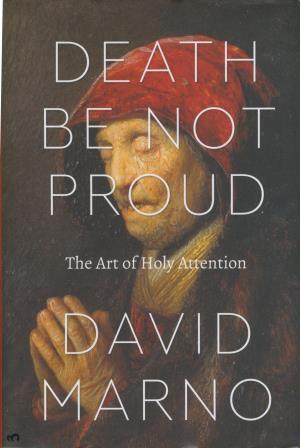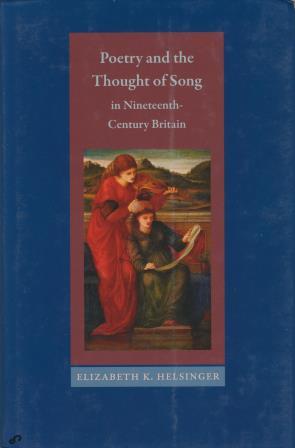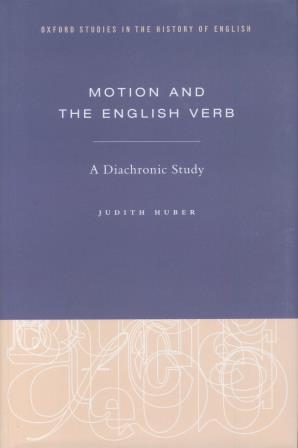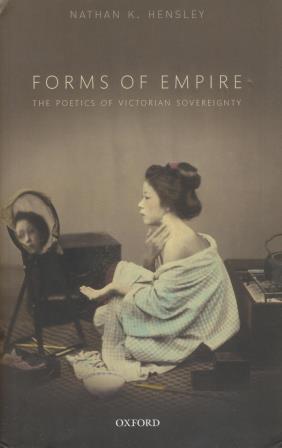 |
8
M 32
Marno, David.Death be not proud : the art of holy attention / D. Marno. - Chicago ; London : The University of Chicago press, 2016. - xi, 315 с. - (Class 200: New Studies in Religion). - Библиогр.: с. 300. - Указ.: с. 303
The seventeenth-century French philosopher Nicolas Malebranche thought that philosophy could learn a valuable lesson from prayer, which teaches us how to attend, wait, and be open for what might happen next. Death Be Not Proud explores the precedents of Malebranche’s advice by reading John Donne’s poetic prayers in the context of what David Marno calls the “art of holy attention.”
If, in Malebranche’s view, attention is a hidden bond between religion and philosophy, devotional poetry is the area where this bond becomes visible. Marno shows that in works like “Death be not proud,” Donne’s most triumphant poem about the resurrection, the goal is to allow the poem’s speaker to experience a given doctrine as his own thought, as an idea occurring to him. But while the thought must feel like an unexpected event for the speaker, the poem itself is a careful preparation for it. And the key to this preparation is attention, the only state in which the speaker can perceive the doctrine as a cognitive gift. Along the way, Marno illuminates why attention is required in Christian devotion in the first place and uncovers a tradition of battling distraction that spans from ascetic thinkers and Church Fathers to Catholic spiritual exercises and Protestant prayer manuals.
Экземпляры: 1 - корпус 2, аудитория 201.
|
 |
8
H 52
Helsinger, Elizabeth K. Poetry and the thought of song in nineteenth-century Britain / Elizabeth K. Helsinger. - Charlottesville ; London : University of Virginia Press, 2015. - xi, 238 с. - Библиогр.: с. 215-224
In arguning for the crucial importance of song for poets in the long nineteenth century, Elizabeth Helsinger focuses on both the effects of song on lyric forms and the mythopoetics through which poets explored the affinities of poetry with song. Looking in particular at individual poets and poems, Helsinger puts extensive close readings into productive conversation with nineteenth-century German philosophic and British scientific aesthetics. While she considers poets long described as “musical” —Alfred, Lord Tennyson, Gerard Manly Hopkins, Emily Bronté, and Algernon Charles Swinburne—Helsinger also examines the more Surprising importance of song for those poets who rethought poetry through the medium of visual art: Dante Gabriel Rossetti, William Morris, and Christina Rossetti. In imitating song’s forms and sound textures through lyric’s rhythm, rhyme, and repetition, these poets were pursuing song’s “thought” in a double sense. They not only asked readers to think of particular kinds of song as musical sound in social performance (ballads, national airs, political songs, plainchant) but also invited readers to think like song: to listen to the sounds of a poem as it moves minds in a different way from philosophy or science. By attending to the formal practices of these poets, the music to which the poets were listening, and the stories and myths out of which each forged a poetics that aspired to the condition of music, Helsinger suggests new ways to think about the nature and form of the lyric in the nineteenth century.
Экземпляры: 1 - корпус 2, аудитория 201.
|
 |
8
H 88
Huber, Judith. (1981-). Motion and the English verb : a diachronic study / Judith Huber. - Oxford : Oxford University Press, 2017. - xvi, 363 с. : ил., табл. - Библиогр.: с. 215-224
In Motion and the English Verb, a study of the expression of motion in medieval English, Judith Huber provides extensive inventories of verbs used in intransitive motion meanings in Old and Middle English, and discusses these in terms of the manner-salience of early English. Huber demonstrates how several nonmotion verbs receive contextual motion meanings through their use in the intransitive motion construction. In addition, she analyzes which verbs and structures are employed most frequently in talking about motion in select Old and Middle English texts, demonstrating that while satellite-framing is stable, the extent of manner-conflation is influenced by text type and style.
Huber further investigates how in the intertypological contact with medieval French, a range of French path verbs (entrer, issir, descendre, etc.) were incorporated into Middle English, in whose system of motion encoding they are semantically unusual. The various cognitive and contact-linguistic aspects of their integration into Middle English are studied in an innovative approach which analyzes their usage contexts in autonomous Middle English texts as opposed to translations from French and Latin. Huber explains how these verbs were initially borrowed not for expressing general literal motion, but in more specific, often metaphorical and abstract contexts. Her study is a diachronic contribution to the typology.
Экземпляры: 1 - корпус 2, аудитория 201.
|
 |
42
P 41
Pennycook, Alastair. (1957-).The cultural politics of English as an international language / A. Pennycook. - London ; New York : Routledge, 2017. - xxiii, 365 с. - (Routledge linguistics classics). - Библиогр.: с. 328. - Указ.: с. 357
Экземпляры: 1 - корпус 2, аудитория 201.
|
 |
8
H 55
Hensley, Nathan K.Forms of empire : the poetics of Victorian sovereignty / Nathan K. Hensley. - Oxford : Oxford University Press, 2016. - x, 312 с. : ил. - Библиогр.: с. 275. - Указ.: с. 297
Экземпляры: 1 - корпус 2, аудитория 201.
|
 |
8
J 16
Jaffe, Audrey. The Victorian novel dreams of the real : conventions and ideology / Audrey Jaffe. - Oxford : Oxford University Press, 2016. - viii, 184 с. : ил. - Библиогр.: с. 173. - Указ.: с. 181
Экземпляры: 1 - корпус 2, аудитория 201.
|
|
|